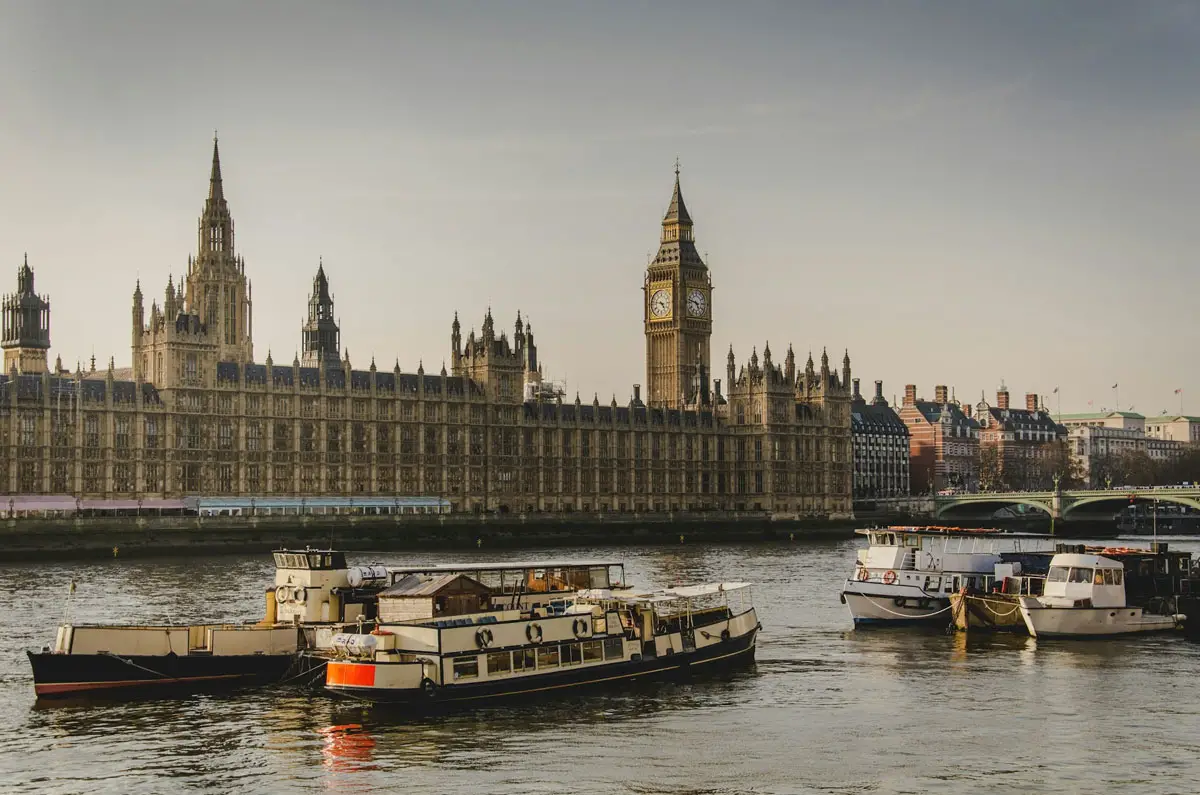Government Pensions vs Private Pensions: The Basics

There are two potential income streams when it comes to your retirement. The first is a government pension, also known in the UK as the state pension, and the second is a private pension. The latter can be paid into as part of a workplace pension scheme or a personal pension plan that you manage yourself.
Both types of pensions play a vital role in securing your financial future, but it’s important to get to grips with how they both work and how to maximise their potential.
Government (State) Pensions Explained
The state pension is afforded to anyone that pays sufficient National Insurance (NI) contributions for the duration of their working life. To receive the full state pension – which is currently £221.20 per week – you must have 35 qualifying years of NI contributions. This means you must have paid NI contributions to HM Revenue and Customs (HMRC) for 35 years.
If you have only paid in NI contributions for 30 years, you’ll receive a reduced amount on a sliding scale.
Now it’s time to get serious. The current age to be eligible for the state pension is 66. However, this is set to rise to 67 in 2028. Many anticipate it rising further in the years ahead too.
It’s also important to note that the state pension is currently worth £11,502 per year. For most people, this will be a struggle to live off. That’s why many people decide to augment their state pension with a private pension too.
Private Pensions Explained
A private pension is a separate retirement savings plan. Private companies will often offer workplace pension schemes. Employers are now legally required to automatically enrol their staff into workplace pensions – and they’ll contribute a percentage of your monthly salary to your private pension too.
It’s known as a ‘defined contribution’ scheme, so your final pension depends on how much you’ve saved and how well your investments perform.
Private pensions are important since there’s no limit to what you can save and invest. The government will often give you 20% tax relief on pension contributions too – or higher if you’re in the higher-rate tax threshold.
There’s no limit to how many private pensions you can have either. In fact, if you’ve already had multiple jobs, you may have several pension pots scattered across different providers. Keeping track of them all can be a pain in the neck, but it’s possible to combine them all into one plan. Services like MyNestEgg Pension make this process simple, tracking down your existing pensions and handling the consolidation process on your behalf.
Currently, you can access private pensions at the age of 55, rising to 57 in 2028. It’s also possible to take 25% of your private pension tax-free at this stage.
State Pensions vs Private Pensions: Which One Do You Need?
Ultimately, it’s important to combine the two types of pension for your future. The state pension should be viewed as a solid foundation, while your private pension should be viewed as the cherry on top – supplementing your state pension and giving you more disposable income to do the things you love.
With investing, the longer the timeframe, the better your chances are of growing your savings. So, the sooner you start planning for retirement, the better. Your future self will thank you, guaranteed!








![Merlin [Northern Ballet] – Review – Sheffield Lyceum (3)](https://www.on-magazine.co.uk/wp-content/uploads/Merlin-Northern-Ballet-–-Review-–-Sheffield-Lyceum-3-150x100.jpg)

